Conservation Landscaping
Intentional selection and placement of native trees, shrubs and herbaceous plants works towards many landscaping goals. Beyond gardening with natives, ecologically beneficial practices like composting, reducing chemical applications, and no-mow areas enhance the quality of habitats and water resources. Specifically, conservation landscaping can:
- Control surface runoff of rainwater (reduces pollution)
- Encourage groundwater recharge (absorption through soil)
- Provide food and shelter for a variety of animals (biodiversity)
- Link natural spaces by providing a critter friendly passage (corridors)
- Balance urban landscapes with natural spaces
Scroll down for more resources to get you started.
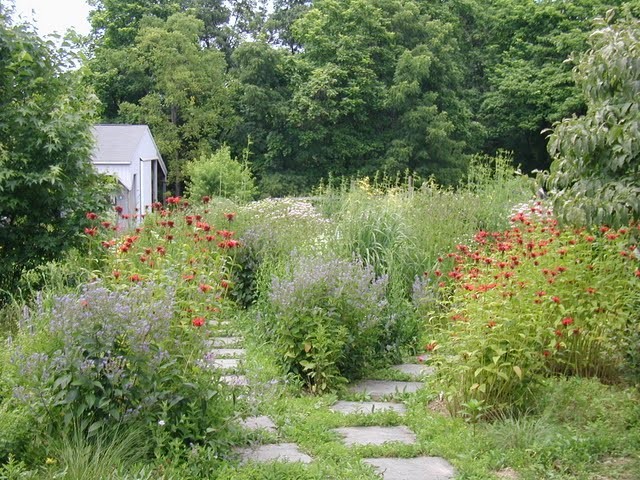
Plant Materials and Sources
- Pennsylvania Department of Conservation and Natural Resources (PA DCNR): Landscaping with Native Plants
- Keystone Native Plants for Eastern Temperate Forests – Garden for Wildlife by National Wildlife Federation
- 2023 Plant Sources for Mid-Atlantic Native Plants
- Doylestown Township Plant Brochure →
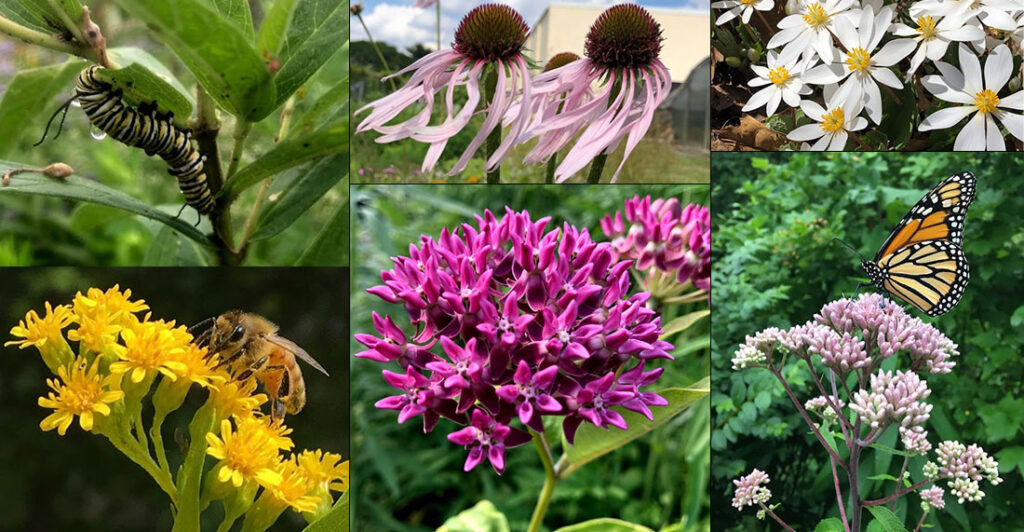
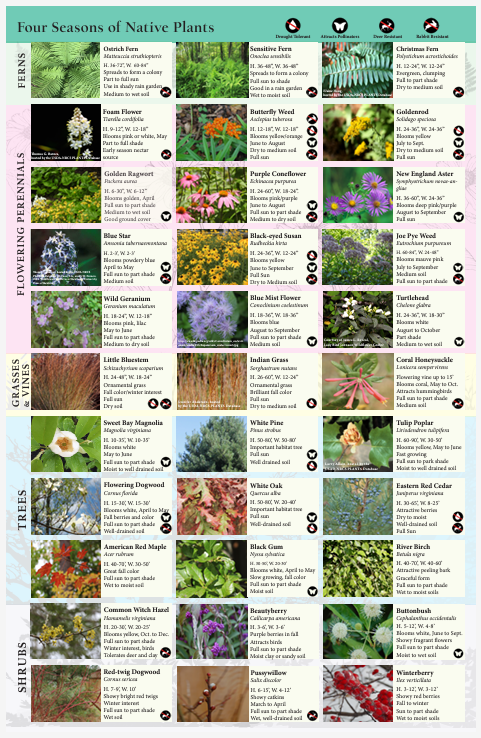
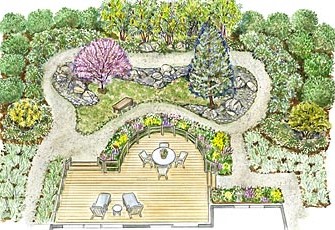
Garden Design and Installation
- Native Garden Design Templates by PA DCNR
- Wild Ones Native Garden Designs
- Audubon Mid-Atlantic Native Garden Designs
- Native Landscape Plans from GrowNative.org (MO; check species!)
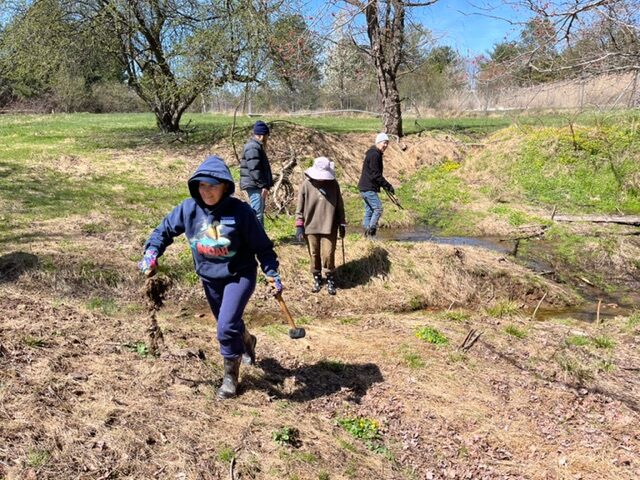
Groups, Clubs, & Organizations
- Watershed Friendly Property Certification – Penn State Extension
- Penn State Extension Master Gardener’s
- Penn State Extension Master Watershed Stewards
- Pennsylvania Native Plant Society
- Wild Ones Native Plants, Natural Landscapes
- Homegrown National Park
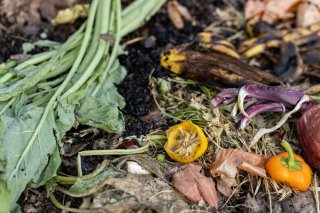
Other Beneficial Landscaping Practices
- Composting at Home (EPA, with additional linked resources)
- Greener Landscaping (EPA, reducing chemical applications)
- Integrated Pest Management (USDA)
- Mulch! -for weeds, water, and soil health (USDA)
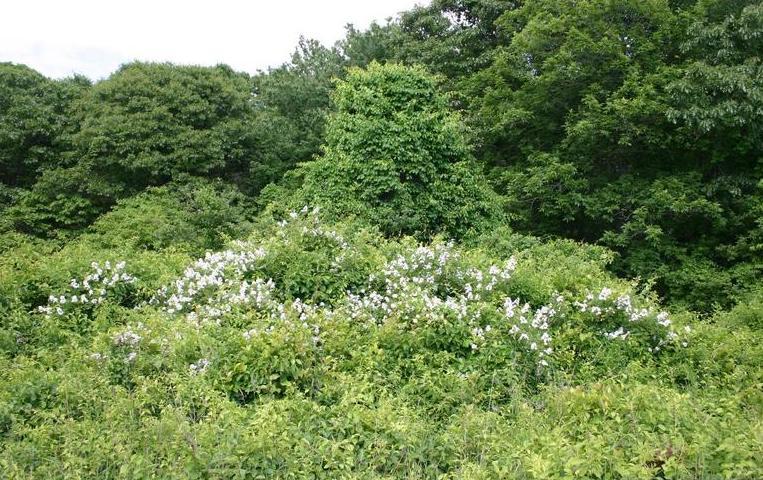
Non-native Invasive Species
- Invasive Plants in Pennsylvania (PADCNR)
- Invasive and Competing Plant Fact Sheets (PSU Extension Service)
- Invasive Species Plant Growth Forms and Management (PSU Ex)
- Invasive Species Quicksheets (Penn State Ag Science and PA DCNR)
- Management Strategies for Invasive Plants (PA Parks & Forest Fndn)
- Unwanted Trespassers: Invasive Plants in Pennsylvania (ArcGIS storymap)
